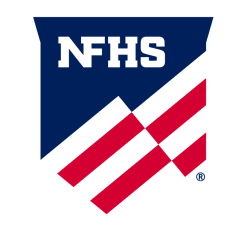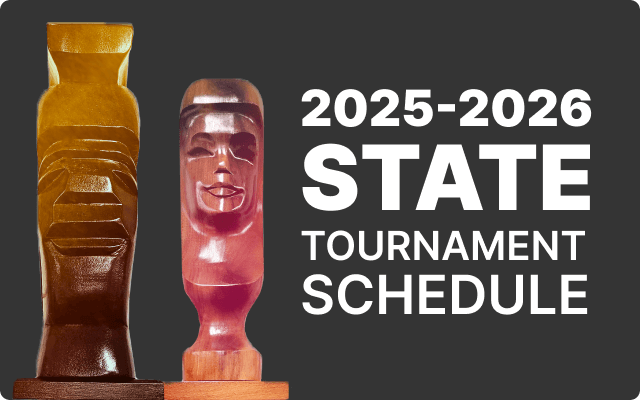
New Rule on Free-Throw Lane Violations Approved in High School Basketball
Rule 9-1-3h was one of five rules changes recommended by the National Federation of State High School Associations (NFHS) Basketball Rules Committee at its April 20-22 meeting in Indianapolis. The changes were subsequently approved by the NFHS Board of Directors.
After reviewing the entire free-throw process, the committee approved the addition to Rule 9-1-3 in an effort to make the rule easier to understand and to create a safer environment for the free-throw shooter.
“This new rule was approved by the committee in order to reduce rough play,” said Theresia Wynns, NFHS director of sports and officials and liaison to the rules committee. “Part of what we had observed over several seasons was pushing and the displacement of the free-throw shooter after he or she shot the ball. The new rule will hopefully stop rough play.”
In addition, the Basketball Rules Committee added Rule 1-20 regarding non-playing personnel – such as cheerleaders – on the court during a short time-out. The new rule states that “non-playing personnel shall remain outside of the playing area during a 30-second or less time-out during the game. Non-playing personnel shall stand outside the free-throw lane lines extended toward the sidelines throughout the game.”
By formalizing awareness of the standards set for non-playing personnel, game officials are able to direct non-playing personnel to an appropriate place outside the playing court.
“The main reason for this additional rule is to minimize risk for everyone,” Wynns said. “Whether a cheerleader or a photographer, having restrictions will help with the overall safety of those near the playing area.”
In addition to these new rules, the rules committee reduced the time to replace a disqualified or injured player from 20 seconds to 15 in Rule 2-12-5. The committee believed that the amount of time presently given is too long and allows for gamesmanship to be displayed.
“After coaches have seen a player get injured or foul out, they already have an idea of who they want in the game as a replacement,” Wynns said. “But they tend to use that time for other reasons, so lessening the time will help uphold the principle of the rule.”
The rules committee also removed restrictions pertaining to player equipment. All extra apparel is permitted to have one logo according to Rule 3-5-6. Last year the committee simplified the color requirements to be consistent on all sleeves, tights, wristbands and headbands. Adding the compression shorts to this rule will assist officials in simplifying enforcement of the uniform rules.
A complete listing of the basketball rules changes will be available on the NFHS website at www.nfhs.org. Click on “Activities & Sports” at the top of the home page, and select “Basketball.”
According to the 2014-15 NFHS High School Athletics Participation Survey, basketball is the third-most popular boys sport nationwide with 541,479 participants and third-most popular girls sport with 429,504 participants. In terms of school sponsorship, it ranks No. 1 for both boys and girls with 18,072 schools for boys and 17,653 for girls.
# # #
About the National Federation of State High School Associations (NFHS)
The NFHS, based in Indianapolis, Indiana, is the national leadership organization for high school sports and performing arts activities. Since 1920, the NFHS has led the development of education-based interscholastic sports and performing arts activities that help students succeed in their lives. The NFHS sets direction for the future by building awareness and support, improving the participation experience, establishing consistent standards and rules for competition, and helping those who oversee high school sports and activities. The NFHS writes playing rules for 17 sports for boys and girls at the high school level. Through its 50 member state associations and the District of Columbia, the NFHS reaches more than 19,800 high schools and 12 million participants in high school activity programs, including more than 8 million in high school sports. As the recognized national authority on interscholastic activity programs, the NFHS conducts national meetings; sanctions interstate events; offers online publications and services for high school coaches and officials; sponsors professional organizations for high school coaches, officials, speech and debate coaches, and music adjudicators; serves as the national source for interscholastic coach training; and serves as a national information resource of interscholastic athletics and activities. For more information, visit the NFHS website at www.nfhs.org.









